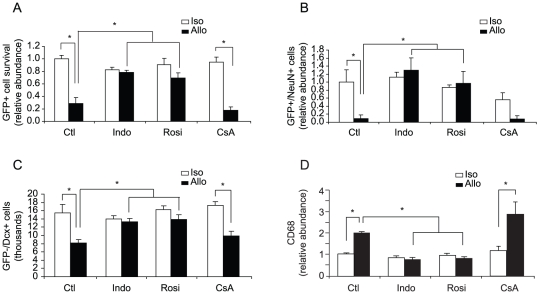Figure 4. Treatment with NSAIDS restores neuron production in allografts.
C57BL/6 GFP-positive NPCs were transplanted into C57BL/6 or Balb/c mice. Mice were administered NSAIDS (indomethacin or rosiglitazone), immunosuppressant CsA, or vehicle starting 2 days prior to transplant and continuing for two week after transplant, at which time mice were sacrificed and brains harvested. (A) Total number of GFP-positive cells was counted using unbiased stereology. The number of surviving GFP-positive cells was significantly reduced in non-treated allografts compared with non-treated isografts. Treatment with indomethacin and rosiglitazone but not CsA significantly enhanced graft survival. (B) The percentage of GFP-positive cells that turn into mature neurons (NeuN+) was lower in allografts vs. isografts. Neuron production was significantly increased by NSAID treatment but not CsA. (C) The number of endogenous neuron precursor cells (Dcx-positive and GFP-negative) located at the DG was counted using unbiased stereology. Indomethacin and rosiglitazone but not CsA treatment significantly augmented the number of Dcx+ cells. (D) CD68 expression was used to quantify microglial activation. Untreated allografts show significant increase in CD68 immunoreactivity compared to untreated isografts. Treatment with NSAIDS but not CsA suppressed microglia activation (* p<0.05, n = 4–5).

